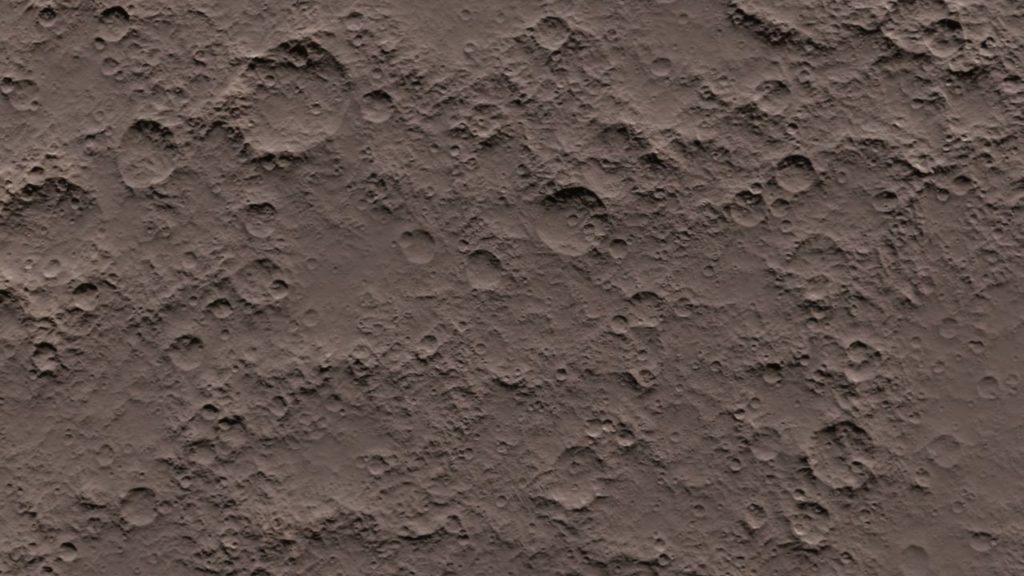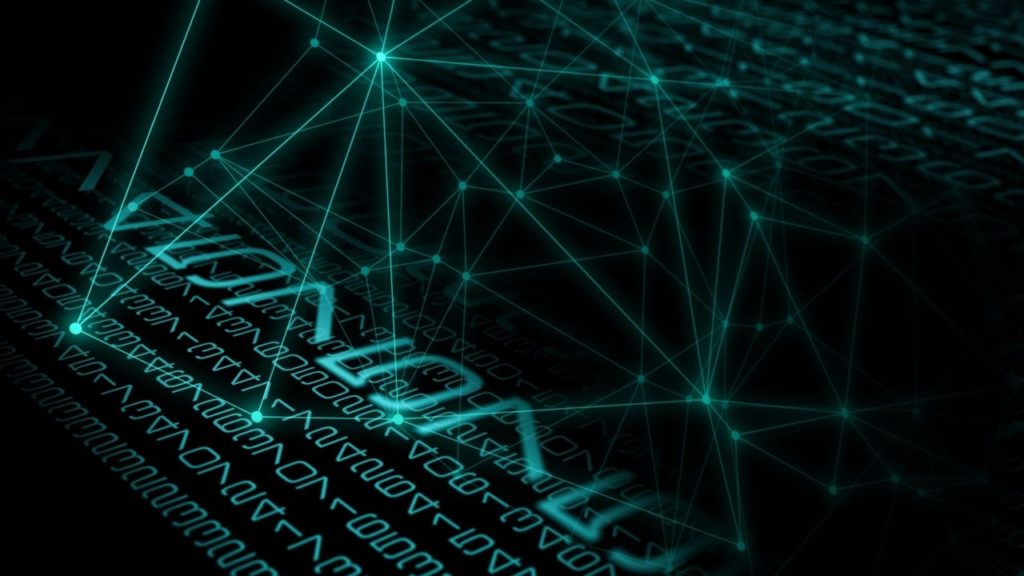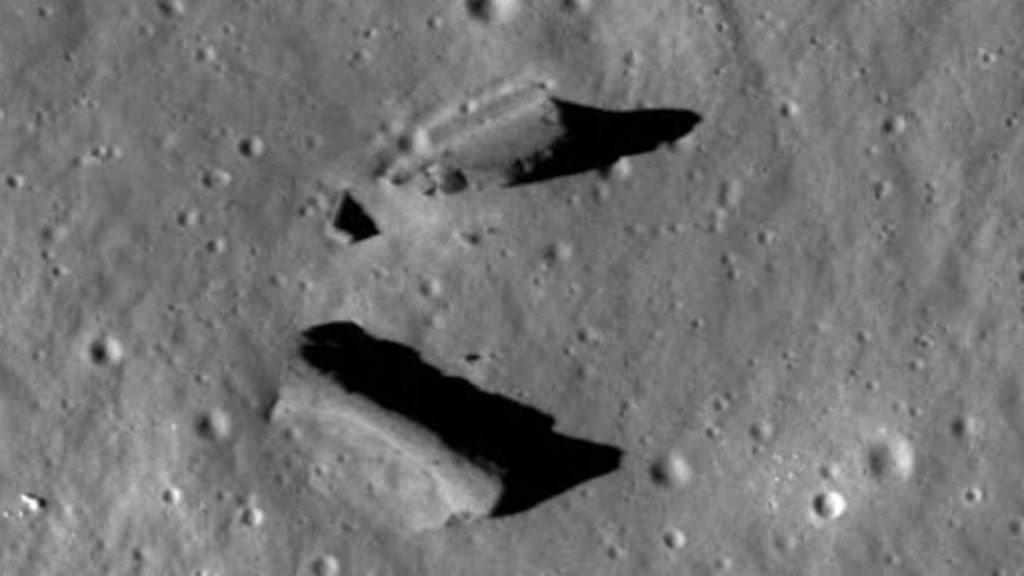For over five decades, SETI, or the search for extraterrestrial intelligence, has almost exclusively focused on watching the sky for signals that could represent a distant advanced alien civilization.
However, for as many years, scientists have quietly considered the possibility that evidence for advanced alien life could be closer than we realize in the form of remnants or artifacts.
Some claim to have already found compelling evidence for artificial extraterrestrial artifacts or relics in the analysis of existing imagery.
Mainly thanks to technological advances, in recent years, some scientists have slowly started coming forward and saying that the hunt for alien artifacts is something that deserves serious consideration.
The Moon is ideal for artificial relics

This post may contain affiliate links, and as an Amazon Associate, I earn from qualifying purchases that help keep this content free.
In 2011, physicist Dr. Paul Davies and researcher Robert Wagner of Arizona State University authored a paper suggesting that photographic mapping captured by the Lunar Reconnaissance Orbiter could be used to search for potential alien artifacts on the lunar surface.
Dr. Paul Davies described that the conditions on the Moon are ideal for preserving trace evidence of artificial relics or, in other words, alien artifacts.
Because our Moon is almost inert, objects and features on the surface are preserved for an immense duration. Eventually, the Moon material thrown up by meteor impacts erases records, but a large object on the lunar surface might remain detectable for tens of millions of years.
All this is according to Dr. Paul Davies, who also authored the book: The Eerie Silence: Are We Alone in the Universe?
Alien artifacts could be lying about in our celestial neighborhood
Furthermore, Dr. Haqq-Misra, astrobiologist and research scientist at Blue Marble Space Institute of Science, also points out that NASA’s Mars Reconnaissance Orbiter has captured voluminous numbers of high-resolution images of Mars.
He said, “There are thousands of such images, and so it is possible that an anomalous artifact could be captured in such images without anybody noticing yet.”

Outside of the Moon and Mars, scientists know even less about the surfaces of other bodies in our solar system.
In a 2012 paper entitled: On the Likelihood of Non-Terrestrial Artifacts in the Solar System, Dr. Haqq-Misra and NASA physicist Dr. Ravi Kumar Kopparapu stated the lack of comprehensive analysis ultimately makes it impossible to say just how likely it is or isn’t that alien artifacts could be lying about in our celestial neighborhood.
“We cannot place very strong limits on the absence of extraterrestrial technology in the solar system until we perform more complete analyses to rule out such possibilities,” stated Dr. Haqq-Misra.
Machine learning to detect surface relics

He points to advances in artificial intelligence and machine learning as ways that might help the search for anomalies in existing surface imagery.
One such technique, discussed in a paper published in early 2020, revealed that researchers could successfully apply unsupervised distributed machine learning to detect surface anomalies in remote sensing and space science.
And this approach could conceivably detect artifacts on the lunar surface that would not have been easily noticed by naked eye analysis.
However, any artifacts that are camouflaged or covered in the dust would not be possible to detect through such machine learning analysis, according to Dr. Haqq-Misra.
While the Department of Defense’s sudden willingness to discuss sightings of mysterious or unexplained aerial objects is intriguing, scientists involved in the hunt for alien artifacts want to make sure it’s abundantly clear until more definitive evidence is provided; their pursuits are not associated with the search for UFOs.
